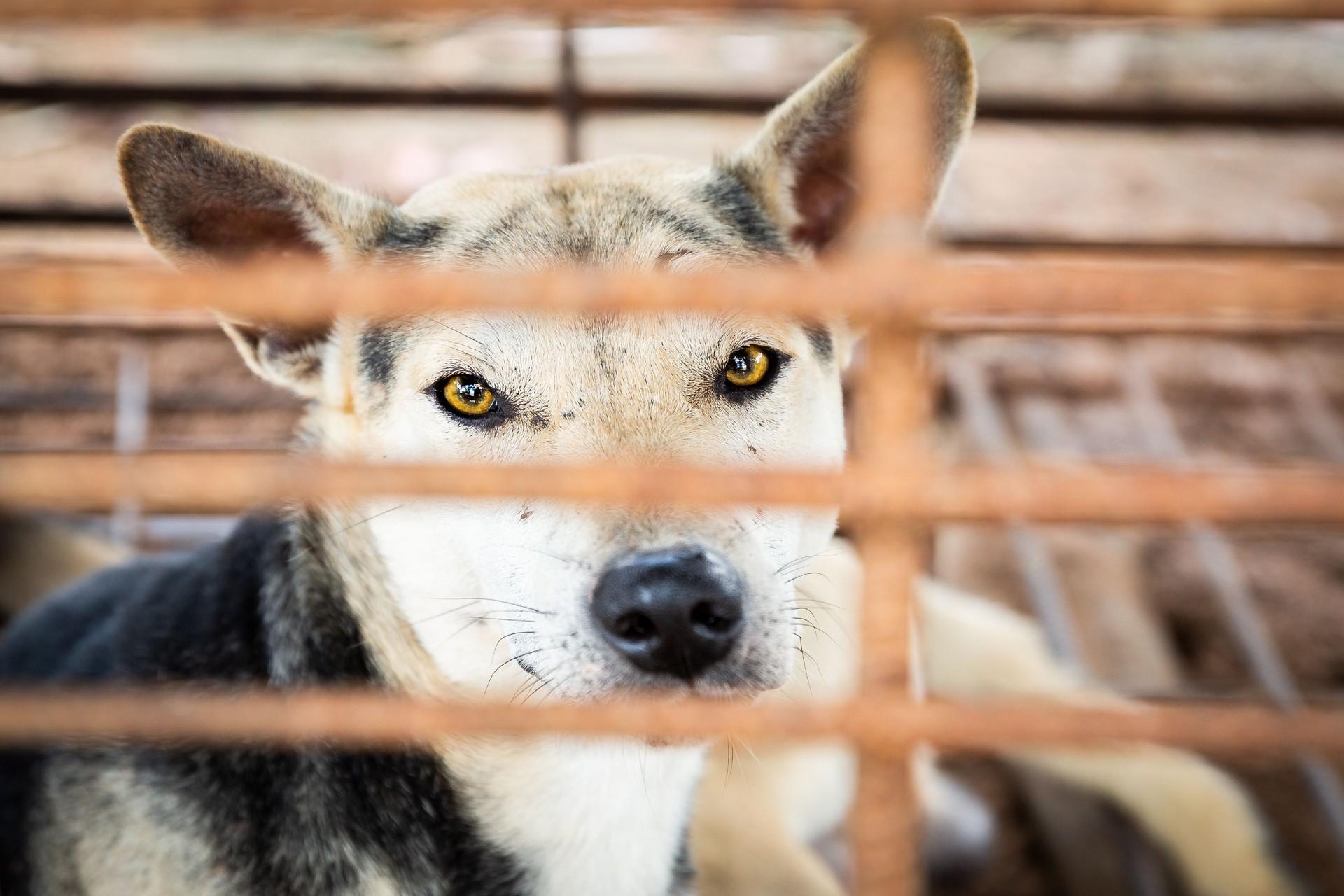
Behind the Scenes:The Journey to a Dog and Cat Meat Slaughterhouse Closure
An insight into how we #ProtectMillions
The support that we receive from our community during a slaughterhouse closure is incredibly humbling, but there is another side to achieving change and taking the right steps towards a world in which the dog and cat meat trade is a thing of the past.
The closure of a slaughterhouse is always something to celebrate, and it’s something that becomes a reality through the hard work of our teams. Dr Katherine Polak, our Head of Southeast Asia Stray Animal Care, is a keystone in these closures.
So, to offer you an insight into how they happen, here she is to run us through the steps:
“First step is to investigate the scale of the slaughterhouse and the links to the trade. As part of this we document the conditions, the mood of the owners i.e. if there is a desire to leave the trade and as mentioned the trade the slaughterhouse is responsible for. . Sometimes we are let in the door, and sometimes we aren’t. Often, we need to go undercover which can be tricky, and at times, dangerous.
For those slaughterhouses that have owners that are willing to speak with our team, we take the time to sit down with them and learn why they are in the business, about their family, how they get involved. What’s interesting, is the more we start talking to people, the reality is that most do not want to be in the trade. They are ashamed, feel guilty, and don’t want to be killing dogs. But the reality is that for many in rural Cambodia, options for economic advancement and job opportunities are limited. So, from years of doing this work, and engaging with those involved in the trade, what I’ve learned is that it’s easy to pass judgement until you actually sit down and hear the reasons why people are doing what they are doing, Often, it’s because they find that they can make more money to take care of their families doing this business but would jump at the opportunity to get out if given support.
Once we identify that someone is truly interested in leaving the dog meat trade, we employ a team member that is trained in community development projects to help create a livelihood conversion plan. This takes months and is closely aligned with the owner’s interests. Some want to pursue farming, others construction or music. Each conversion is as different as the owner.
Then, we agree upon a closure date and when the animals will be rescued. The owner signs an MoU (memorandum of understanding which outlines the terms of the agreement) with village authorities that they will never be involved in the trade again. After this, we plan the rescue. Order dog transport crates, medical supplies, book vehicles, etc.
Then…Its rescue day!”
You can find out about our latest closure here.


